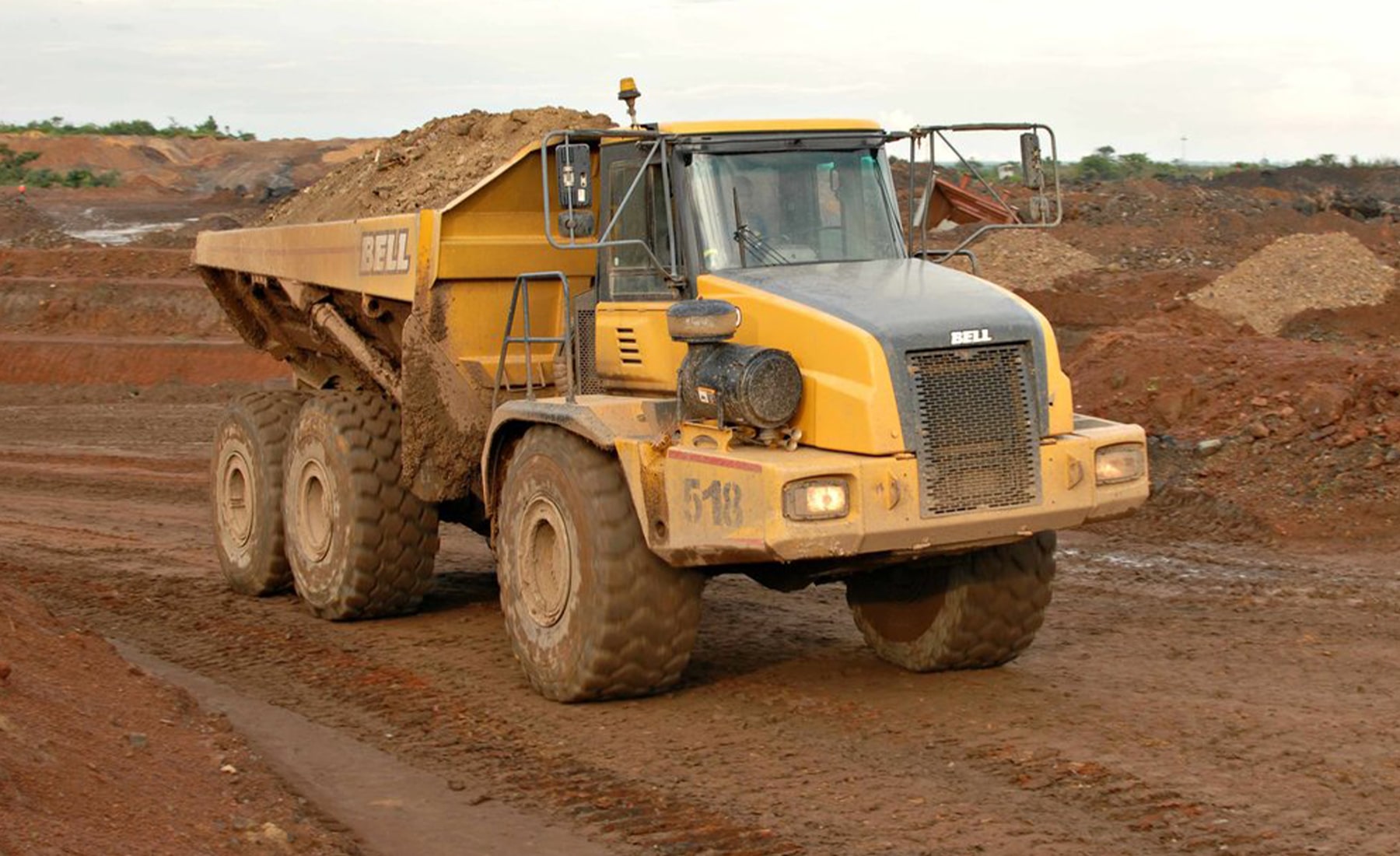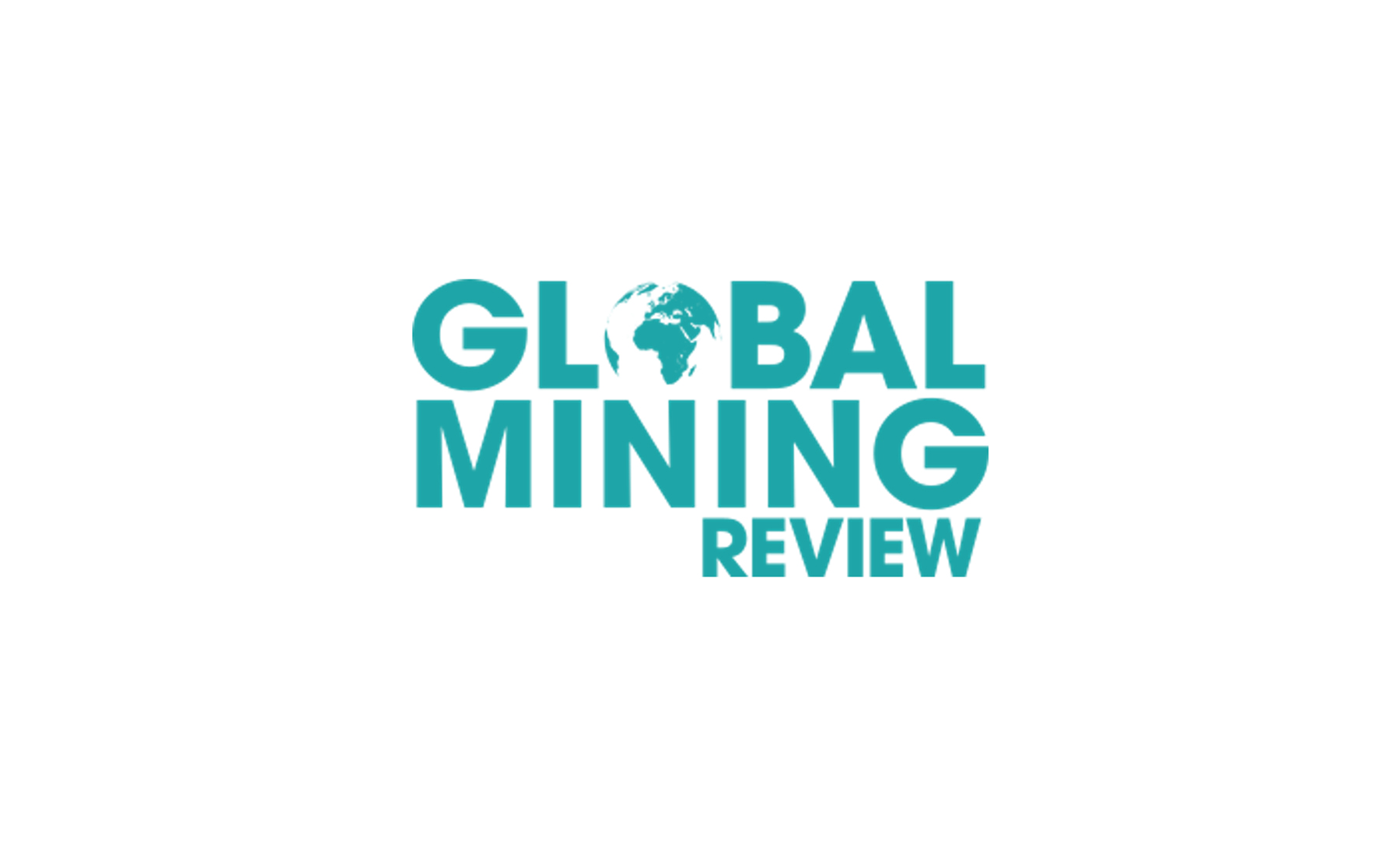
Lithium and Nickel: key elements in the battery supply chain
These days you are as likely to see a procurement or corporate responsibility executive from an electric vehicle or phone manufacturer on a flight to Lubumbashi in the Democratic Republic of Congo (DRC), as you are an executive from a mining company. Such is the concern for securing future supplies of cobalt amidst continuing reports of product that has been mined illegally or under dangerous or abusive conditions for workers entering the supply chains of branded consumer goods. A spotlight remains on cobalt and the region of the former Katanga Province – and rightly so.
However, the lithium-ion battery which is fast-becoming the lynchpin technology for vehicle drivetrains and low-power consumer goods requires, as the name suggests, elements other than cobalt. These include lithium and nickel. While approximately 50% of global cobalt reserves are found in the DRC the extraction of these other two metals occurs in several countries, all with developing supply chains and challenging associated social and environmental risks.
Like cobalt, the rush is on to secure strategic sourcing positions in both the lithium and nickel supply chains and, just as with cobalt, companies must conduct robust supply chain due diligence and mitigate identified risks. For companies that rely on or manufacture lithium ion batteries, to focus their responsible sourcing efforts only on cobalt is a risk in itself.
A growing supply base – what are the supply chain risks?
All mining activities have a social and environmental impact. The mine location, method of extraction, impact on natural resources and the implications for local people are all influential in the production of these elements. A common challenge is that as demand for certain minerals increases, the rush to expand production capacity leads to a reduced focus on social and environmental risk assessment and impact management.
Lithium – environmental and social risks from water supply
Analysts’ views differ on future supply and demand fundamentals for lithium. Much depends on the quantity of new lithium supply arriving on the market – and how quickly. The pace of electric vehicle penetration is probably the greatest influence on demand.
There were reports in early 2018 that Tesla is seeking to secure long-term lithium supplies directly from Chile, one of the countries that, together with Argentina and Bolivia, comprises South America’s ‘lithium triangle’. This region holds 54% of the world’s lithium resources (resources are an initial indication of potential supply before assessing proven reserves). In the case of Chile much of its current and potential production arises in the fragile ecosystem of the Atacama Desert.
Much of the lithium in this region is contained in brines held in shallow underground reservoirs, often beneath dried lake beds. The main form of extraction is by pumping the brine into large evaporation ponds, allowing natural evaporation to remove the water from the brine before processing the minerals in the mine plant. In comparison with most other forms of mining, most lithium mines are cheap and quick to construct.
However, this method of mineral extraction does come at a high social and environmental cost. Water in the ‘lithium triangle’ region is a scarce and incredibly divisive resource that frequently is a cause for conflict between communities and mining companies. A tonne of lithium can require up to 500,000 gallons of water. As climate change exacerbates water scarcity, the potential for water-intensive mining activities to create serious environmental and social issues in the region will only increase. Companies in the lithium-ion battery supply chain could face significantly increasing financial and reputation risks as a result.
Nickel – mining practices in Indonesia and Philippines
From a resource availability and price perspective, nickel is quite boring in comparison to cobalt and lithium. There are nickel reserves in quite a few countries, including countries such as Australia and Canada that have well-managed regulatory environments and stringent environmental and social controls.
However, the two largest producers are the Philippines and Indonesia where mining operations are less well controlled and the impacts of poorly managed mining operations on local communities and the environment can be severe. Mining companies in the Philippines have been accused of polluting rivers, rice fields and watersheds with nickel laterite, and in 2017 the government ordered the shutdown of 17 nickel mines on environmental grounds and enacted a ban on open pit mining. In late 2017 the Indonesian government announced that over 2,500 mining licenses for coal, gold and nickel would be suspended on environmental grounds. Many mines are reported to be operating in protected forest areas. Nonetheless, analysts at Wood Mackenzie forecast that almost all of the 10% growth in nickel production that they expect for 2018 will be from these two countries, and that in Indonesia nickel mine production will increase by 50%.
Growing global awareness of harmful mining practices in this region that has already led to activist campaigns against consumer brands (for example in relation to the environmental impacts of tin mining in Indonesia). Could nickel be the next metal under activists’ focus in this region?
Implications for companies
Responsible mineral sourcing is not just about addressing risks of minerals being linked to conflict financing or child labour. It is much broader. Due diligence needs to consider what the most significant risks may be for the supply chain in question, and then take steps to mitigate any identified risks.
As little as two years ago, few companies in the cobalt supply chain were concerned about responsible sourcing issues, and still fewer were taking any action. Now there is little doubt that responsible sourcing is a strategic business issue in this supply chain. The speed at which the issue of child labour in cobalt supply chains became a major reputation risk for some of the world’s best-known brands far exceeds the rate at which the issue of so-called ‘conflict minerals’ impacted brands and corporate actions. Such reputation risks have very real financial consequences for companies.
The current responsible sourcing focus in battery supply chains is cobalt. It’s not going to stay that way for long, and fighting fires is always much more expensive than preventing the fire in the first place. Undertaking effective supply chain due diligence is, frankly, just good business sense.

